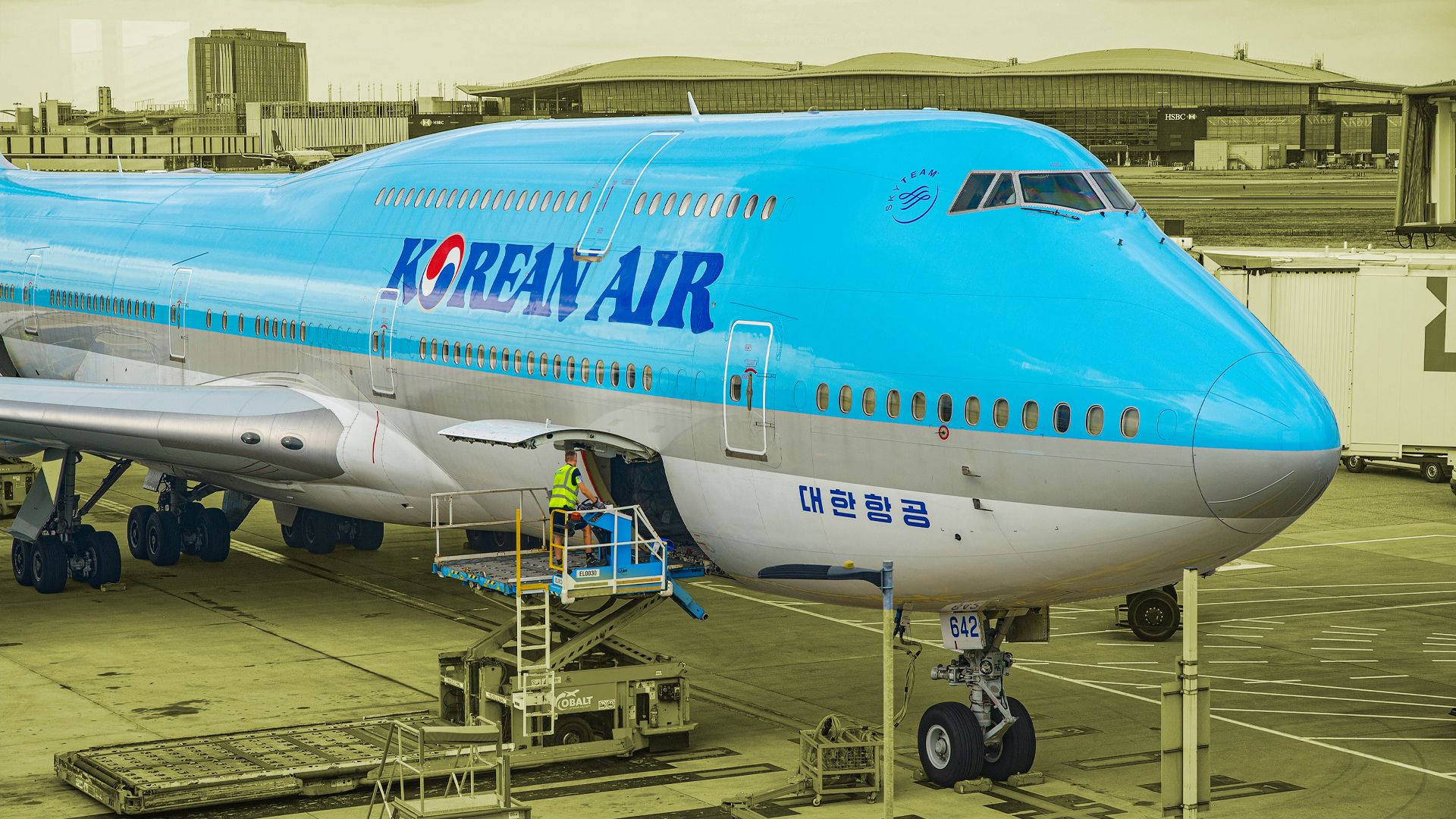The Boeing 747-8, the largest and final variant of the iconic Boeing 747 family, has marked its 20-year journey with a mixed legacy. Launched in 2005 as a response to the Airbus A380, the 747-8 continues to serve airlines and cargo operators, albeit in reduced numbers. The aircraft’s passenger version, the 747-8 Intercontinental (747-8I), made its first flight on March 20, 2011, and entered commercial service with Lufthansa in 2012. Despite initial delays and limited orders, the freighter variant, the 747-8F, gained significant traction among cargo airlines.
Operational Status of the 747-8
The 747-8 program has seen a range of operators primarily for passenger and cargo use. Data from ch-aviation reveals that the passenger variant has been ordered by only three airlines: Lufthansa, Air China, and Korean Air, totaling 31 aircraft, of which 27 remain active. Lufthansa operates the largest fleet with 17 active aircraft, focusing on long-haul routes to cities like Los Angeles, Tokyo (Haneda), and Buenos Aires.
In contrast, the freighter version has been embraced by a broader array of airlines. A total of 107 747-8F aircraft have been delivered, with 95 active today. UPS Airlines leads the operators with 29 aircraft, while Atlas Air recently received the final delivery of the model in January 2023. This marked the conclusion of the entire 747 program, a significant moment in aviation history.
Comparing Variants and Future Prospects
While the 747-8 has its advantages, including a higher capacity of 467 passengers compared to 416 for the 747-400, it has not achieved the same popularity as its predecessor. The 747-400, which was produced from 1989 to 2009, saw nearly 700 deliveries, making it the most successful variant in the 747 family.
The decline in orders for the 747-8 reflects a broader industry shift towards more efficient twin-engine jets. Aircraft like the Airbus A350-1000 and Boeing 777-9 are emerging as potential successors to the 747-8. The A350-1000 can accommodate up to 400 passengers and offers superior operational efficiency due to its advanced technology and design. Meanwhile, the 777-9, which has faced delays in certification, promises to deliver a larger capacity and competitive operational economics upon its anticipated entry into service in 2027.
Emirates, a significant player in the aviation market, recently ordered 65 additional 777-9 aircraft, underscoring the shifting demand toward more modern fleets. This shift indicates that while the 747-8 has played a pivotal role in aviation history, its operational future is likely to be overtaken by newer, more efficient models.
Despite these changes, the Boeing 747-8 is expected to remain operational for years to come, particularly in cargo operations. The aircraft’s durability and capability to be converted from passenger to cargo use ensure its presence in the skies will continue for decades.
As airlines navigate the evolving landscape of commercial aviation, the legacy of the 747-8 and its predecessors will undoubtedly be remembered as a significant chapter in the story of air travel.
